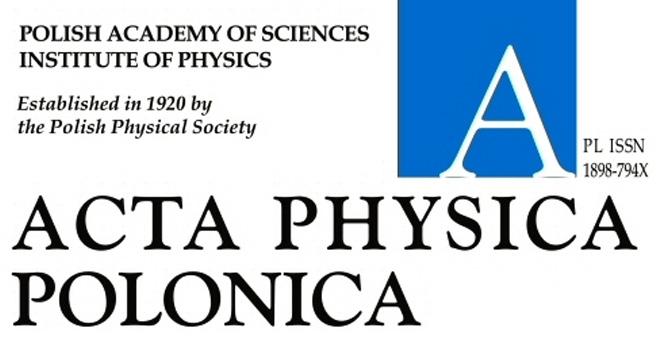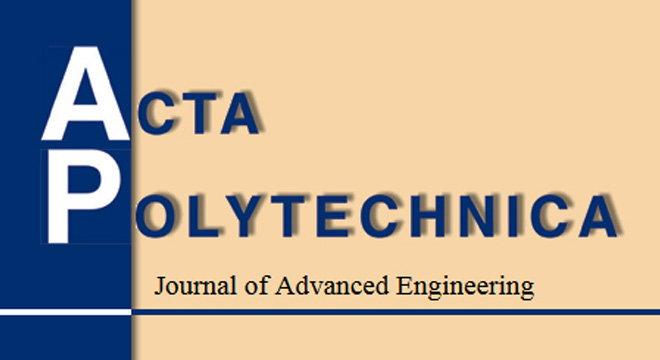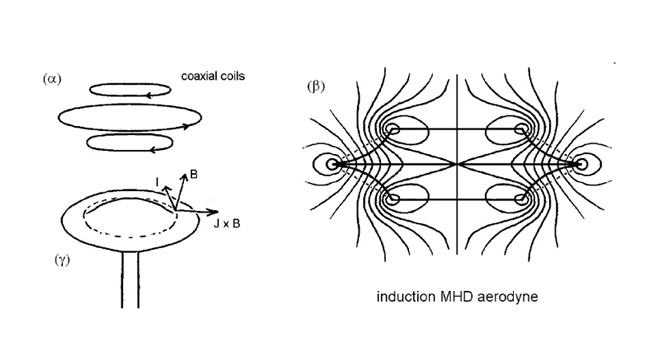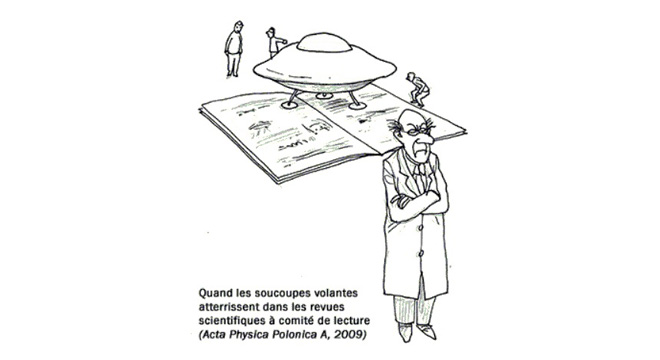Ces travaux ont été publiés dans la revue Scientifique à Comité de lecture Acta Physica Polonica A Juin 2009 Volume 115 (6): page1149–1513
Abstract : J.P. Petit J. Geffray
At the beginning of the seventies, experimental research using short duration supersonic shock driven wind tunnel were conducted and showed the efficiency of Lorentz force action on supersonic (Mach 1.4) dense (1 bar) low magnetic Reynolds number hot (10 000 K) argon flows. When working as a generator, the linear Faraday MHD converter was efficient enough, due to high electrical conductivity (3000 S/m) to create a front shock wave at the intake of the constant cross-section MHD converter. Accelerations up to 5000 m/s were obtained in 10 cm long channels. This suggested the possibility to achieve complete shock wave and turbulent wake cancellation, through MHD bypass concept. Such work gave publications in peer-reviewed journals and presentation in international MHD meetings (French Academy of Sciences 1970, Moscow 1983, Tsukuba 1986, Beijing 1992). The work was conducted both through computational simulations (based on the method of characteristics) and hydraulic simulation experiments. We present the synthesis of such studies through a project of a hypersonic vehicle based on an MHD bypass concept, landing under its own steam, using classical turbojets. Then, at Mach 3 and high altitude, MHD controlled inlets are opened. A wall converter slows down the hypersonic incoming air flow, without excessive heating, feeding a ramjet system. The subsequent electric power provides an additional impulse to the flow in the exhaust section. Cruise Mach number: 12. Local Hall parameter regime produces high voltage that, sent to the leading edges, creates a plasma cushion which prevents too high thermal flux. Lift is provided by wave riding technique. Additional rocket propeller could transform it as a reusable space launcher.




